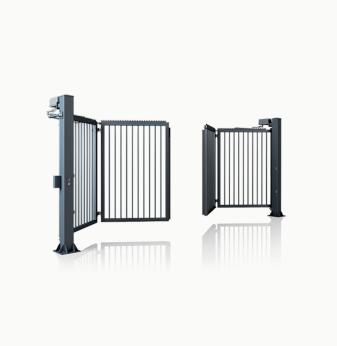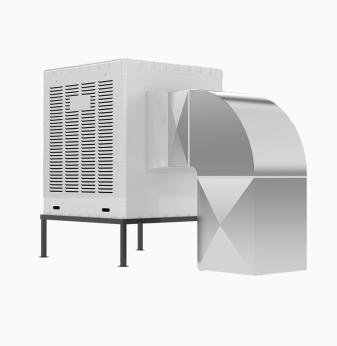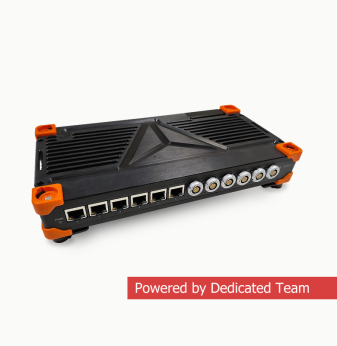Retrofitting Legacy Industrial Equipment with IoT: Protocol Bridges and Security Pitfalls

Many factories and industrial sites rely on equipment installed decades ago. These machines — from CNC mills and PLC-controlled conveyors to high-power presses — are often robust and have long operational lifespans. However, they lack the connectivity and intelligence required for modern predictive maintenance, remote monitoring, or integration with MES/ERP systems.
Retrofitting these legacy assets with IoT capabilities has become a priority for manufacturers seeking operational visibility, data-driven maintenance, and better utilization. But bringing old systems online is not without challenges: mismatched protocols, missing data granularity, and cybersecurity exposures are common.
This article explores how engineering teams can bridge legacy systems to modern IoT platforms while minimizing downtime and security risks.
Why Retrofit Instead of Replace?
Complete replacement of existing machinery is often impractical because:
- The capital cost is enormous — replacing a multi-axis machine or forging press could cost millions.
- Processes are tuned to specific hardware characteristics.
- Downtime required for new installs disrupts production.
- Legacy machines are mechanically sound; only the controls or connectivity lag behind.
Retrofitting allows plants to extend useful life, gain real-time data, and incrementally evolve toward Industry 4.0.
Typical Retrofitting Approaches
Sensor-Based Add-Ons
Clamp-on vibration sensors, temperature probes, or electrical power monitors provide indirect insights into machine health. These communicate over wireless (BLE, LoRa, Wi-Fi) or wired networks to IoT gateways.
Protocol Gateways
Many legacy PLCs speak proprietary protocols or older industrial buses (Profibus, RS-232, DeviceNet). Gateways translate these to MQTT, OPC UA, or HTTP for integration into cloud or MES.
Control Panel Upgrades
Retrofitting older machines with new HMI panels or embedded controllers that support Ethernet/IP, Modbus TCP, or secure web interfaces.
Edge Computing Nodes
Install small embedded computers that pull data from legacy serial ports or I/O, run analytics locally, and forward results over secure channels.
Common Protocol Bridging Scenarios
| Legacy Protocol | Bridged To Modern | Typical Use Case |
| Modbus RTU (RS-485) | Modbus TCP | Integrate legacy meters or drives with SCADA over Ethernet |
| Profibus DP | OPC UA | Centralize data from old factory lines into MES |
| Serial ASCII | MQTT over TLS | Push batch reports from packaging lines to cloud dashboards |
| CAN (in mobile machinery) | HTTP REST APIs | Upload telematics data from field vehicles |
Security Pitfalls in Retrofits
Trusting Legacy Networks
Old fieldbuses were not designed with authentication. Simply connecting them to Ethernet or Internet exposes them to:
- Packet injection attacks (spoof commands)
- Eavesdropping sensitive production data
- Malicious changes to machine parameters
Exposed Gateways
Many off-the-shelf protocol gateways ship with default credentials or outdated firmware, becoming entry points into broader OT networks.
No Root of Trust
Legacy PLCs and controllers lack secure boot, making them vulnerable to malicious firmware uploads.
Strategies for Secure Retrofits
Segmentation and Firewalls
Keep legacy buses on isolated VLANs or physically segmented networks. Use industrial firewalls that understand protocols (e.g. inspecting Modbus function codes).
Encrypted Protocol Bridges
Use gateways that encapsulate legacy data in secure tunnels (TLS VPNs or encrypted MQTT). Ensure certificate management — rotating keys, revoking compromised devices.
Device Hardening
Disable unused services on gateways and new embedded panels. Change default passwords and implement multi-factor authentication where possible.
Monitoring and Logging
Install intrusion detection on network segments. Log protocol gateway activity for audit trails.
Long-Tail Technical Questions and Answers
How do you connect a legacy RS-485 network to the cloud?
Use a serial-to-Ethernet gateway that translates Modbus RTU to Modbus TCP or MQTT. Secure the gateway with TLS and isolate it on a separate VLAN.
Can you retrofit without touching existing machine code?
Yes. Clamp-on sensors or non-intrusive power monitors gather operational data without modifying PLC programs or machine firmware.
What’s the risk of connecting old machines directly to corporate networks?
Legacy devices typically lack encryption or authentication. A compromised device can allow attackers lateral access to MES or ERP systems.
How do you update protocol converters in the field?
Choose devices that support secure OTA updates or provide physical access procedures for firmware flashing, along with signed update packages.
Should you replace PLCs to improve security?
In some critical applications, yes. Modern PLCs offer secure boot, TLS comms, and user authentication. But many opt to isolate and monitor instead.
Example: Retrofitting a Food Packaging Line
A food plant runs packaging machines controlled by 1990s-era PLCs speaking proprietary serial protocols. The retrofit included:
- Protocol gateway converting ASCII serial to MQTT over TLS.
- Local edge node running anomaly detection on throughput data.
- Vibration sensors on main drives feeding into the same MQTT broker.
- All devices segmented from corporate IT via industrial firewall.
This approach provided dashboards, predictive maintenance, and alerts — without replacing primary machinery.

Future Trends in Retrofitting
Integrated IIoT PLCs: New hybrid controllers offer drop-in replacements that support both legacy I/O and modern protocols.
AI at the Edge: TinyML models running on retrofit gateways detect anomalies locally, reducing cloud bandwidth.
Zero-Trust OT Networks: Applying principles like identity-based access even to device-to-device communication in plants.
Conclusion: Retrofitting Smartly for Industry 4.0
Retrofitting is often the smartest way to bring legacy industrial assets into modern IoT ecosystems. It extends the lifespan of expensive machinery while unlocking real-time insights.
But it demands careful engineering — selecting robust protocol bridges, enforcing network segmentation, and planning for secure updates. With the right strategy, plants can achieve predictive maintenance, energy optimization, and tighter production control without disruptive overhauls.
At Promwad, we help companies retrofit legacy systems with secure gateways, embedded edge analytics, and robust integration into modern platforms. If you’re looking to modernize your operations without starting from scratch, let’s talk about your retrofit roadmap.
Our Case Studies








